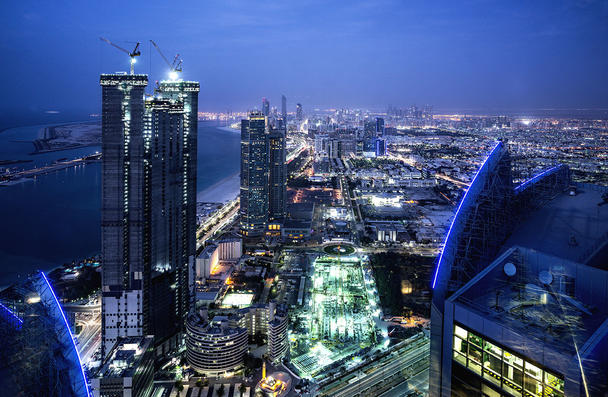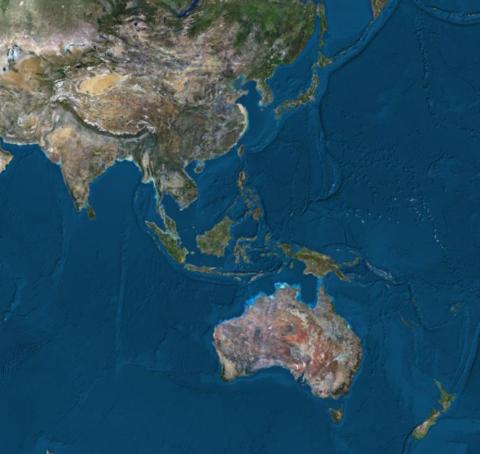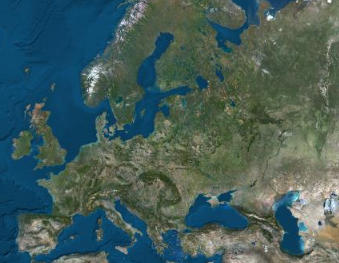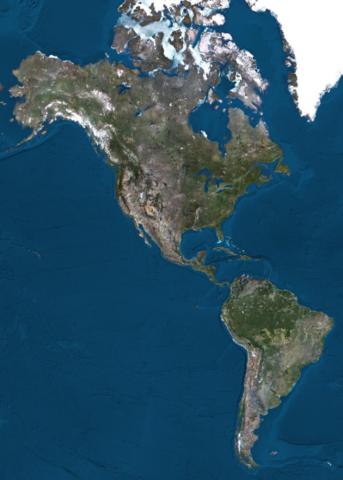Airbus first established an official presence in China in 1994. Since then, rapid growth has been the hallmark of Airbus’ Chinese operations, with the company having expanded its number of commercial jetliners sold to the country by a factor of 50 in less than two decades.
With the fast development of its aerospace and aviation industry, China is on track to become the world’s largest aviation market and it is already a major customer of Airbus products, with Chinese deliveries representing nearly a quarter of the company’s global commercial aircraft production.
Airbus values not only its relationship with airlines and helicopter operators in China, it also appreciates the enormous value offered by Chinese industry; components produced by Chinese companies are currently found on all production Airbus commercial jetliner types. The total value of the Airbus and Chinese cooperation reached around $500 million in 2015.
Beyond its role as both customer and supplier, China is a strategic partner as well, as evidenced by the fact that Airbus’ first final assembly line, or FAL, outside the borders of its four founding European countries was opened in the city of Tianjin in 2008. This FAL produces the A320 single-aisle family of passenger aircraft, and was joined by a Completion and Delivery Centre in 2017 for the A330, marking Airbus’ first wide-body jetliner centre outside of its founding countries.
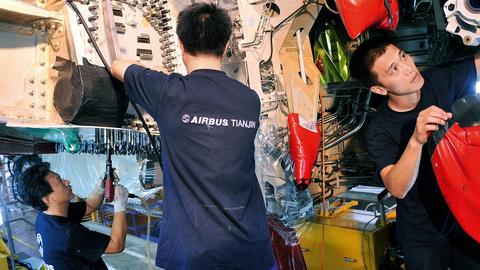
Commercial Aircraft
By end of 2018, there were more than 1,700 Airbus commercial jetliners in service in China, and deliveries to the country represent nearly a quarter of Airbus’ total jetliner production. Helping make this possible are more than 1,900 employees in China that work for Airbus and its joint ventures on commercial aircraft in multiple locations across the country.
Many of these employees work at the final assembly line in Tianjin. Opened in 2008, the Chinese FAL is a joint venture between Airbus and a consortium of Tianjin Free Trade Zone (TJFTZ) and China Aviation Industry Corporation (AVIC). Delivery of the 500th aircraft produced at this facility occurred in October 2020.
As part of this framework, a new Airbus A330 Completion and Delivery Centre (C&DC) in Tianjin was inaugurated in 2017. The C&DC, co-located at the same site as the A320 Family FAL and the Airbus Tianjin Delivery Centre, is Airbus’ first wide-body centre outside of Europe. The facility performs A330 completion activities that include cabin installation, aircraft painting, production flight tests, customer acceptance and aircraft delivery.
In 2019, Airbus and China reinforced their long-standing partnership with a Memorandum of Understanding on the Further Development of Industrial Cooperation – in which both sides agreed to take practical and effective measures for new initiatives related to Airbus’ single-aisle and wide-body aircraft.
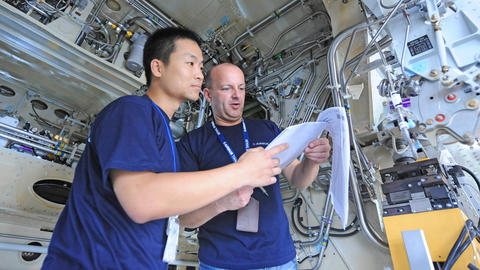
Helicopters
Airbus has been China’s No. 1 helicopter partner for more than 50 years, a long-lasting relationship that began in 1967 with the delivery of an Alouette III rotorcraft. Airbus’ helicopter division is the leader in China with a 40% market share as of late 2017.
In June 2016, a Chinese consortium ordered 100 H135 light-twin utility helicopters in an agreement that included the construction of an H135 final assembly line (FAL) in Qingdao, Shandong province. Construction began in May, 2017 for what will become the first H135 FAL outside of Europe, as well as the first helicopter final assembly in the country established by a Western helicopter manufacturer.
The historic FAL agreement builds on the joint development effort involving Airbus and China’s Avicopter for the H175 medium utility helicopter. Based on an agreement signed in 2014, more than 1,000 of these rotorcraft are envisioned for production over a 20-year timeframe, with the twin-engine helicopter being produced at Airbus’ facility in Marignane, France and in the city of Harbin in northeast China.
As of today, Airbus had facilities in eight different locations in China for its helicopter-related activities, including a regional customer service centre, logistics platform at Hong Kong airport, and a H135 FAL in Qingdao. Airbus is also one of the major shareholders of CGAMEC, a maintenance company based in Shenzhen, just north of Hong Kong, that handles the company’s helicopter maintenance, repair and overhaul activities in China.
A full flight simulator for the H225 – a member of Airbus’ well known Super Puma helicopter family – was installed in 2012 within the Airbus Hua-Ou training centre in Beijing.
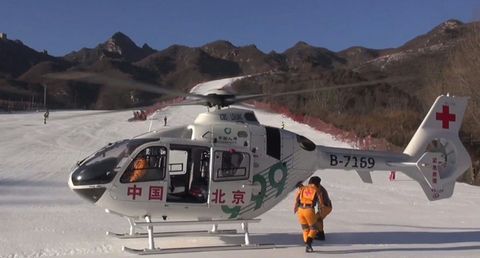
Defence and Space
Airbus Defence and Space has been serving the Chinese market for nearly 30 years. Beginning with cooperation on space and science projects, it has since forged valuable links with a variety of local partners to provide better service to a growing customer base in areas across the country.
Airbus Defence and Space currently 85 employees in China.
Space systems
Launched by a Chinese Long March rocket in 1998, Sinosat-1 was a telecom satellite constructed under the cooperation between Aerospatiale/DASA and China Aerospace Science and Technology Corporation. Now, Airbus Defence and Space’s space system business is mainly focused on space equipment.
Intelligence
Since 1998, Airbus has been an engaged participant in China’s use of space for Earth observation through Beijing Spot Image Co. Ltd. (BSI), the joint venture between Airbus Defence and Space-Intelligence in France and Aerospace Information Research Institute at China Academy of Science.
The company was the very first commercial supplier of Earth observation satellites imagery and services in the Chinese market and has become one of the leading companies in the country’s Earth observation market.
In 20 years, BSI has provided over 100 million km2 of imagery and conducted hundreds of training and seminars to support clients benefiting from cutting-edge techniques and applications. The company has been issued contracts for many nationwide projects by state ministries and commissions in different fields such as natural resources, transportation, maritime safety, water resource and agriculture.
In addition, the Spot constellation was the first commercial satellites written into the university textbook of Remote Sensing due to its extensive applications and good reputation in China.
Secure Land Communications (SLC)
For more than ten years in China, SLC has focused on providing advanced, reliable and secure digital radio trunking communication solution (TETRA) in China. And SLC’s TETRA solution is extensively used for various mission critical and business critical users including government, public security and security, metro, airports, ports and other industry users. The two biggest TETRA networks in APAC region, used by the Beijing and Guangzhou government authorities, are also provided by SLC
In addition, SLC’s TETRA networks in China successfully secured almost all the top international sports matches and major political events. This includes the 2008 Beijing Olympic Games, the 60th anniversary of founding of the People's Republic of China in 2009, the Guangzhou Asian Games in 2010, the Shenzhen Universiade in 2011, the Nanjing Youth Olympic Games in 2014, the Beijing APEC meeting in 2014, the Beijing Athletics World Championships in 2015, Guangzhou Fortune Forum in 2017, One Belt One Road Summit in 2018 and more.
Vessel Traffic Services (VTS)
With a presence since 1994, Airbus Defence and Space VTS once acquired 80% of the Chinese market with more than 35 harbours using Airbus Defence and Space system. As the leader of VTS in the world, Airbus Defence and Space system is combining advanced satellite positioning and image technique to strengthen its supervision capacity for customers.
Local partners
With headquarters half a world away, Airbus recognises the value that strong partnerships with local Chinese companies provides. A sampling of these partnerships includes a composite manufacturing centre in Harbin, while in Beijing alone, there is an engineering centre; a customer support centre that can dispatch some 25,000 spare parts to airlines in the Asia-Pacific region; and a training centre with six full flight simulators for the A320 and A330/A340 jetliner families and A350 and the H225 helicopter.
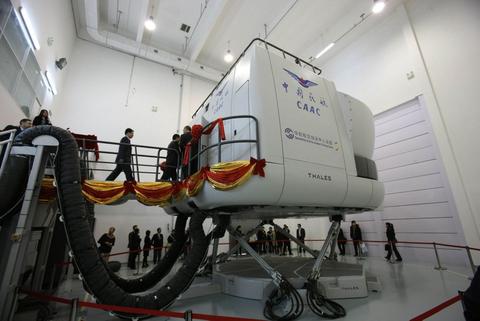
Innovation
Based in Shenzhen, China, the Airbus China Innovation Centre (ACIC) is our second innovation centre after A3 in Silicon Valley. Here, we tap into the local talent, technology, and partner pool to identify the next big change to transform the aerospace sector.
We currently design, test, and certify new technologies relating to five areas: Hardware Lab, Cabin Experience, Connectivity, Manufacturing Innovation, and Urban Air Mobility

China's future
China is poised to become the world’s largest aviation market in the future, and Airbus is committed to being there every step of the way. The company aims to reach 2,000 aircraft delivered to the country by 2020, pushing its market share above 50%.
Recent reforms passed in China will help open lower-altitude airspace in the coming years, handing flight control from the military to civil aviation authorities. With only 900 or so civil helicopters in service in the whole of China (as of late 2017), this will lead to tremendous possibilities for growth; Airbus is well positioned to help put the country on the path to become the world’s largest rotorcraft market with more than 150 deliveries per year expected by 2020. Overall, China is expected to have the world’s largest economy by 2038.
Points of contact
Airbus in China
